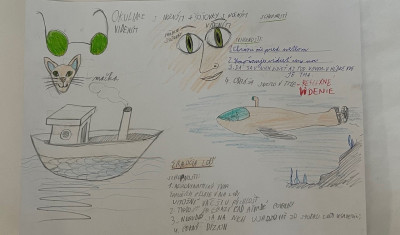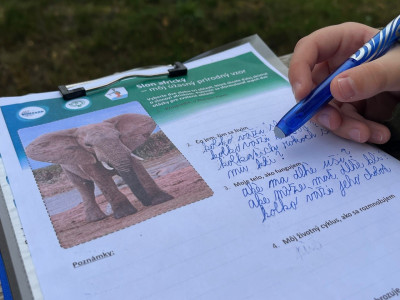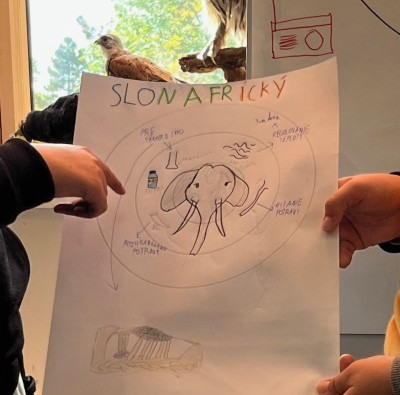Top Tips for Teachers
BioLearn is being used by teachers across Europe to enthuse pupils to learn from nature. Here are their top tips for successful learning.
1. Take learning outdoors to increase pupil curiosity and creativity.
Obsering how different plants and animals interact in nature ensures all pupils can be engaged, motivated and involved in learning.
2. Involve art teachers to record your discoveries.
The art teacher helps the pupils record and visualize various details of their observed plants and animals. But their greatest contribution is in supporting the creativity of pupils, and leads them to perceive nature with an artistic eye.

3. Involve experts to motivate pupils.
They bring a wider perspective and a bit of science to your project. Even if you cannot bring an expert to your school, there are lots of video resources you can also use.
4. Prepare yourself ... get trained.
High-quality preparation and confidence of teachers in the implementation of activities is a good prerequisite for pupil understanding and successful mastering by pupils. Brief pupils and supporting teachers clearly about how your day of biomimicry will proceed and what awaits them right before the start of the activities.
5. Take into account the age and interest of your pupils.
If you are planning a biomimicry day for the whole school, choose differentiated types of activities of varying difficulty. Take into account your pupils current knowledges and skills, the level of their concrete and abstract thinking and the ability to create innovations.
It is also ideal to use peer learning.

6. Biovation part should be delivered immediately after the implementation of research
activities.
Pupil's motivation and interest in creating biovations depend on the intensity of their experience. The longer the time gap between the experience and the process of creating biovations, the weaker the pupils' outputs are, both quantitatively and qualitatively.
7. Use a Biomimicry Day to orrientate pupils to future career ideas.
Bio-design and sustainability are a guarantee for future development, protection of the planet and also desirable attributes in the labour market.
8. Keep in mind publicity and popularization.
Pay attention to the publicity and popularization of biomimicry throughout the school year by organising various additional activities, such as an art competition about the exceptional properties of organisms for younger pupils or in the creation of inventions using biomimicry for older pupils, knowledge quizzes, the use of biomimicry as part of pupils' interest activities, etc. It is also advisable to implement these activities a few days/weeks before the Biomimicry Day itself.

9. Biomimicry = STEAM guarantee.
Biomimicry is ideal for implementing a STEAM approach to teaching in your school. Research activities and the creation of biovations naturally develop pupils' relationship to natural sciences, technical and engineering skills and competences, as well as their creativity and relationship to art. After all, nature is the most beautiful work of art.
Using biomimicry in the classroom is a great way to implement sustainability principles into the school environment. However, it is important to address this systematically, over a long period of time and across multiple subjects.